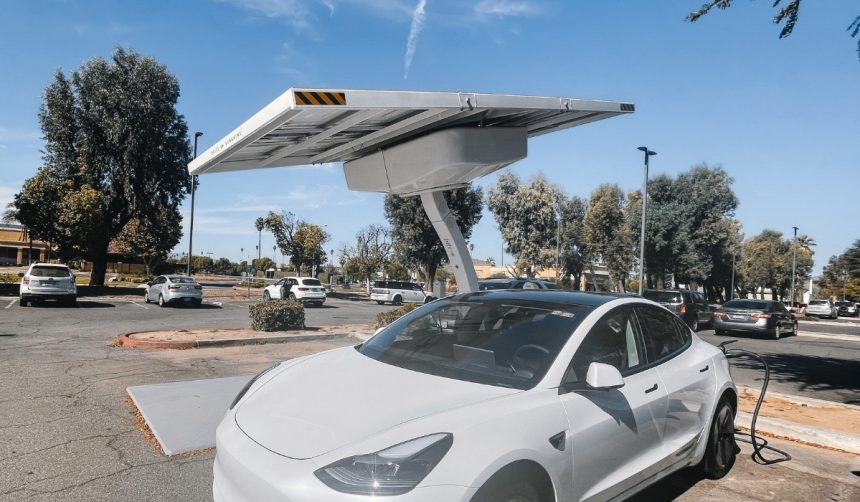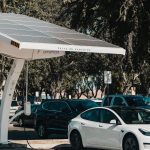Elon Musk signaled a new focus on revitalizing Tesla following a commitment to move away from political issues, yet the company’s European presence continues to falter. The electric vehicle (EV) landscape in Europe is becoming more competitive, with local and international rivals actively targeting market share as consumer preferences shift and regulatory landscapes evolve. Persistent sales declines highlight the challenging environment for Tesla, which now finds itself outpaced by emergent brands capitalizing on regional incentives and technological advancement.
Recent media coverage tracked Tesla’s gradual loss of momentum in Europe through early 2025, but earlier reports often stressed temporary production bottlenecks and short-term logistical obstacles. Current datasets and industry commentary now outline a sustained downward trend, contrasting with optimistic projections surrounding the much-publicized robotaxi launch. Other sources have highlighted the E.U.’s tariffs on Chinese EVs, though the effectiveness of these measures at curbing competition is now being questioned as Chinese brands extend their reach regardless of trade barriers.
Can Tesla Regain Its Lost European Market Share?
Tesla’s sales figures in Europe chart continued declines, with May 2025 marking the fifth consecutive month of reduction. The company registered 13,863 deliveries, down nearly 28% compared to the previous year. Market share also slipped to 1.2%, narrowing from 1.8% in 2024. This downturn coincides with a 4% drop in the company’s share price, erasing much of the gains linked to announcements such as the new robotaxi.
What Strategies are Rivals Using to Outpace Tesla?
Brands like China’s SAIC Motor and BYD have experienced significant growth in European registrations, outperforming Tesla’s year-on-year figures. Overall, electric vehicle sales across the region climbed by 27% in May. Chinese automakers collectively grew their European market share from 2.9% to 5.9%, registering more than 65,000 vehicles in the month. SAIC Motor’s EV sales increased by 22.5%, while BYD outsold Tesla in April and remained closely competitive in May.
How are Product Updates and Regional Trends Impacting Tesla’s Performance?
Tesla introduced updated iterations of its Model Y SUV in response to rising competition, though early returns indicate these efforts have not yet reversed the company’s decline. According to JATO Dynamics analyst Felipe Munoz,
“Despite the E.U.’s imposition of tariffs on Chinese electric vehicles, its car brands continue to post strong growth across Europe… Their momentum is partly due to their decision to push alternative powertrains, such as plug-in hybrids and full hybrids, to the region.”
This has led to a diversified market, as European consumers increasingly consider not just fully electric options, but also various hybrid models.
A distinctive exception exists in Norway, where Tesla saw a notable rebound. In that market, Tesla registrations hit 2,600 in May, a 213% rise year-on-year, chiefly powered by Model Y sales. Norway’s advanced adoption of electric vehicles and robust charging infrastructure help explain Tesla’s outlier performance there compared to broader European trends.
Recent performance metrics show how fragile Tesla’s lead in Europe has become, especially as new entrants deploy varied powertrain technologies and adjust pricing in response to local incentives and regulatory shifts. For readers monitoring EV market dynamics, it is clear that competition will only intensify as established and emerging manufacturers respond rapidly to evolving consumer and government priorities. A deeper understanding of localized consumer preferences and strategic product positioning will determine which automakers solidify their position in coming years. Monitoring developments beyond quarterly reports, such as regulatory responses and infrastructure investments, is crucial for anticipating which brands will achieve lasting influence in Europe’s shifting automotive landscape.
- Tesla’s European market share declined as Chinese rivals expand presence.
- Product updates and tariffs have not reversed Tesla’s regional sales losses.
- Norway stands out as Tesla’s sole European growth market in recent months.










